Wars of Independance (most important Battle)
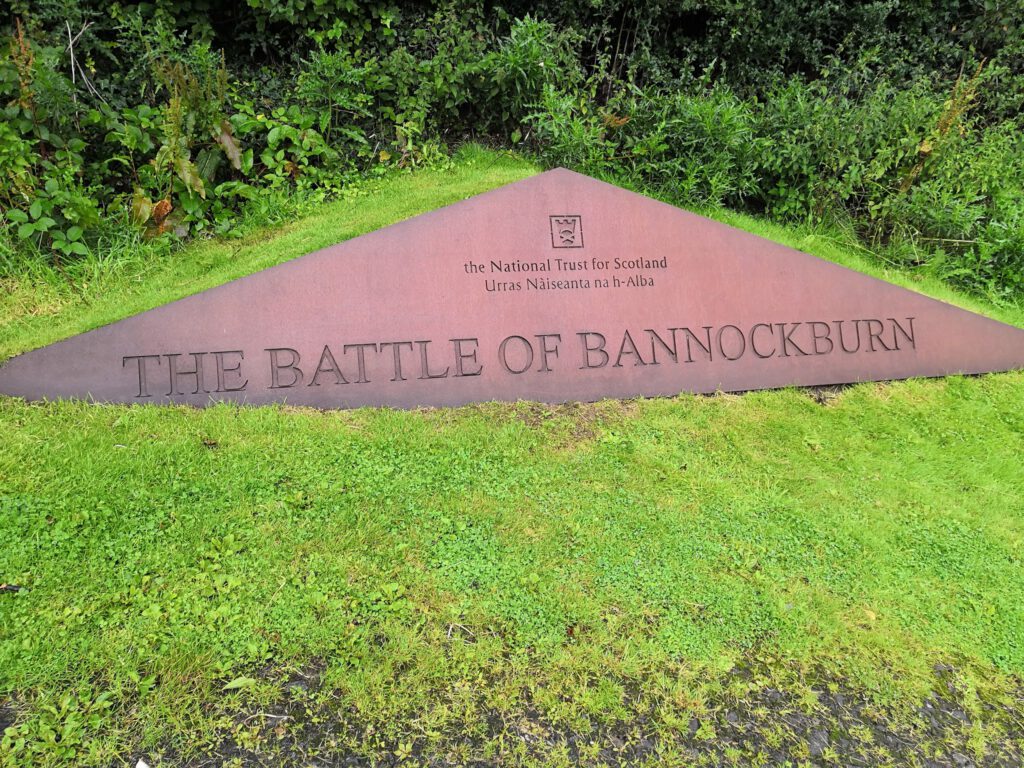
The Battle of Bannockburn, maybe not best known for the battle itself or what it meant for Scotland but for one of the men fighting. To be precise the leader of the Scottish Army, King Robert I (“Robert the Bruce”).
There is not one Scot who can’t tell you who won this important battle in1314. Of course, the Scots!
The Battle of Bannockburn has been fought on the 23rd and 24th June of 1314 south of Stirling Castle in a part which back then was part of Stirling’s New Park. It was maybe one of the most important battles regarding the Scottish Wars of Independence during the 13th and 14th century. The two parties involved were the English army of King Edward II of England and the Scottish army of King Robert (the) Bruce. The English army much larger than the Scottish but there wasn’t a chance against the Scottish war tactics.
It all began in 1314 after ten years under English reign in Stirling Castle, under besieged by the Scottish army. The commandant Sir Philip Mowbray finally decided to give up this strategic positioned fortress, to the scots, if there wouldn’t be a replacement army arriving before the end of June. Edward II used this chance and with the support of the English Lords, he summoned his troops in May 1314 for what he thought would be the final campaign for gaining Stirling Castle from the Scots once and for all.

The English army was the biggest summoned to invade Scotland, of this time. Yet there where a few Earls who didn’t take up the sword but stayed away from the battle.
At the 17th or 18th June 1314 the English army crossed the borders at Coldstream and marched towards Stirling. On Sunday the 23rd of June 1314 the army they arrived at the Ford close Bannockburn, a few kilometres south of Stirling, where the scots were positioned.
The Scottish Army 5,000 men strong under the lead of Robert the Bruce could have been bigger, but similar to King Edward II, Robert’s reign has been controversial. Since he killed John Comyn, he was thought to be a murderous usurper. Comyns son John was fighting on the English side of the battle, as did the Earl of Angus. Despite a feud with Robert the Bruce, the Clan MacDonals of Islay fought on the Scottish side as well. All in all, members of 21 Clans joined the Scottish forces.

The battle itself was fought on the 24th of June but the day before is said to be just as important.
First the English send a mounted force under Sir Robert de Clifford and Sir Henry de Beaumont to the besieged castle. The mounted forces met a small part of the Scottish infantry. The Scottish schiltroms paid up again and the English attacks were crashed with minor losses on Scottish side, which forced the English cavalries to retreat. At the same time there were a few small fights around the main army, when a few English soldiers crossed the Bannock to meet the Scottish forces. The most famous between those small attacks was the fight between the English knight Henry de Bohun, a newphew of the Earl of Hereford, and Robert the Bruce. When De Bohun found Robert I in the Scottish battle lines, he pointed his lance on him. The moment Roberts pony realied the De Bohuns charger it moved aside, and Bruce was able to split De Bohuns helmet and skull with his battle axe. A few more important fights later the evening dawned, and the English army retreated to their camp between the Bannock and the Pelstream. The English were demoralised and spend the night fearing the Scots would attack them in the dark. They spend the night armoured and full of terror.
After spending the day fighting, even with just small casualties, Robert the Bruce was planning to move back over the river Forth due to the much bigger English Army, this would have happened if not for Alexander Seton an English deserter, who told Robert about the fright of the English army. After receiving the news Robert is said to have changed his mind and prepared everything for the fight the next morning.
When the English army realised, the next morning, that the Scots haven’t retreated as hoped the more experienced barons advised to fight the next day to let the exhausted forces rest before the big battle. The younger barons called this cowardice and declined, King Edward II agreed to that and ordered the attack. Bruce as well ordered his forces to attack.
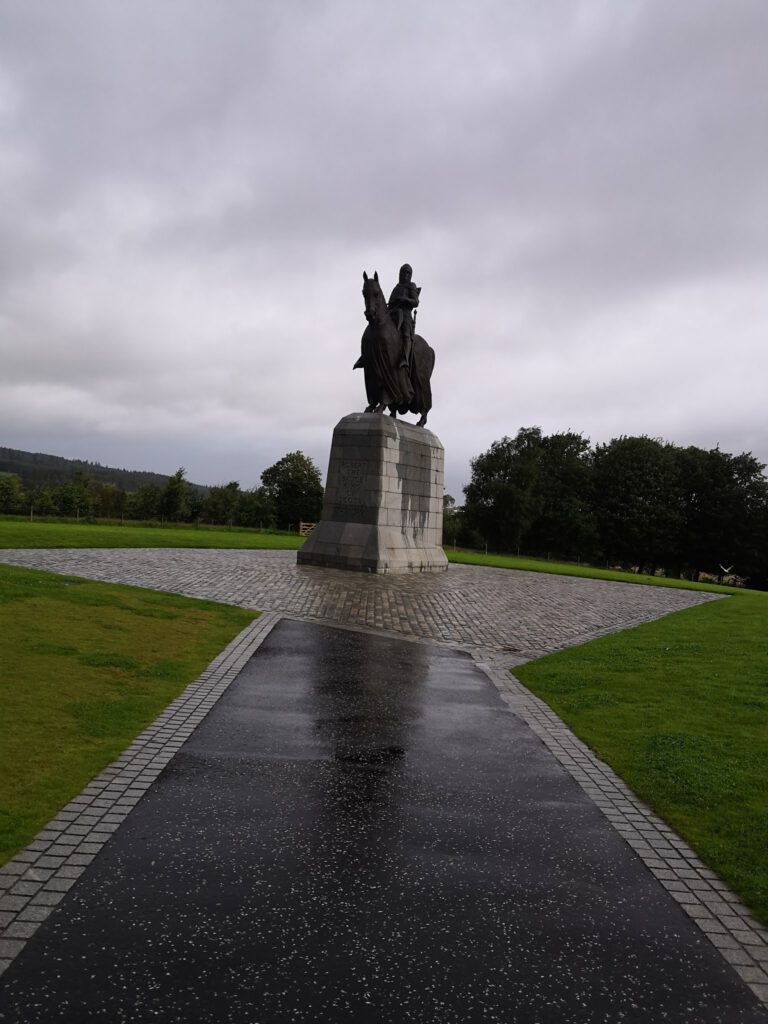
The second day (the main battle):
The English forces advanced over the Bannock while the Scottish forces were arranged in schiltroms. The English mounted attack was disordered and lossy. The Scots fought after the example of the Flames, who won on foot against the French knights in 1302 during the Battle of Courtrai. The well formatted Scottish schiltroms just couldn’t be broken by the English while the Scottish spearmen attacked and killed the English horses. Thereupon the Scottish forces moved forward and forced the cavalries back into the infantries which still tried to get across the Bannock.
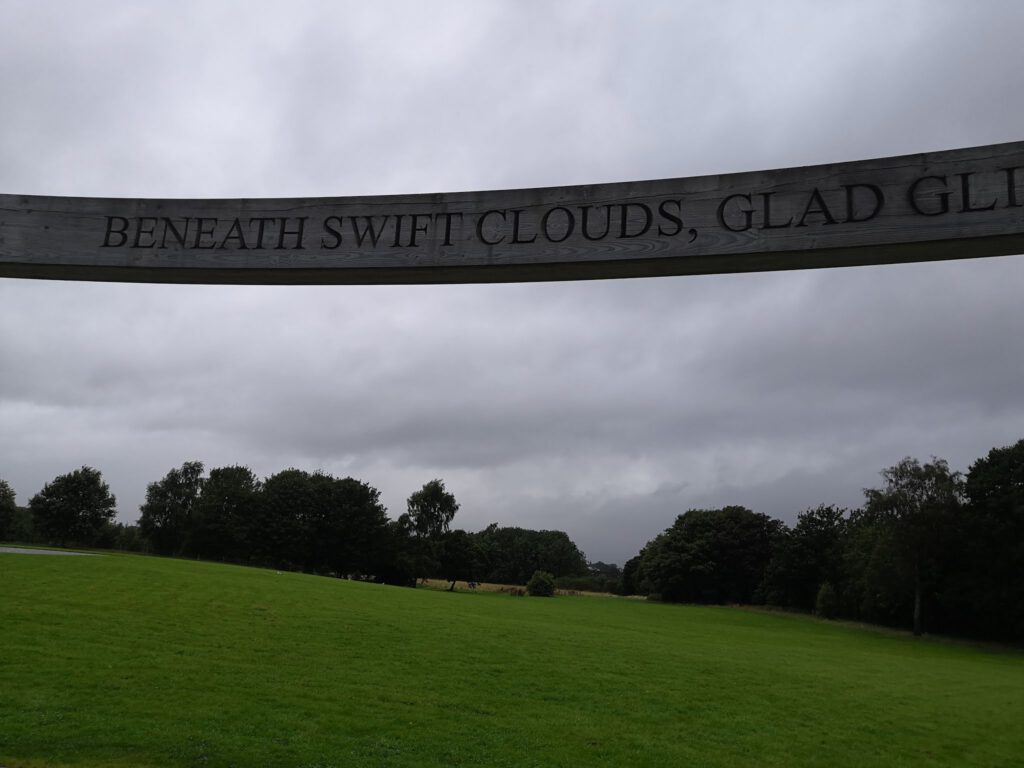
King Edward II himself did get on fighting bravely but proved himself a bad commander. He didn’t succeed in taking advantage of his numerous superiorities. He had failed to protect his bowmen with his infantry, so when they tried to interfere and shoot the Scottish infantry, they suffered a counterattack and major losses through the Scottish cavalries under Robert Keith. Due to fights between Edward II’s Barons over who would get the control over leading the forces the English army couldn’t pull themselves together properly anymore. The Earl of Gloucester did take the lead and stormed alone in front of his army towards the scots and lost his life during it.

In the end their big army was the downfall for the English. Hundreds of English drowned or got run over by their comrades. Edward II was rescued by Henry de Beaumont, taken from the battlegrounds and fled to Stirling Castle, where the access was denied, on over Winchburgh to Dunbar Castle and finally he entered a ship towards England.

The English suffered great losses even though there weren’t proper records due to the situation of many little fights and not enough time.
Whereas for the Scots it was an important win, which brought the back Stirling Castle and it’s strategic advantage over the gateway to the Highlands which at that point in time has been Stirling Bridge.

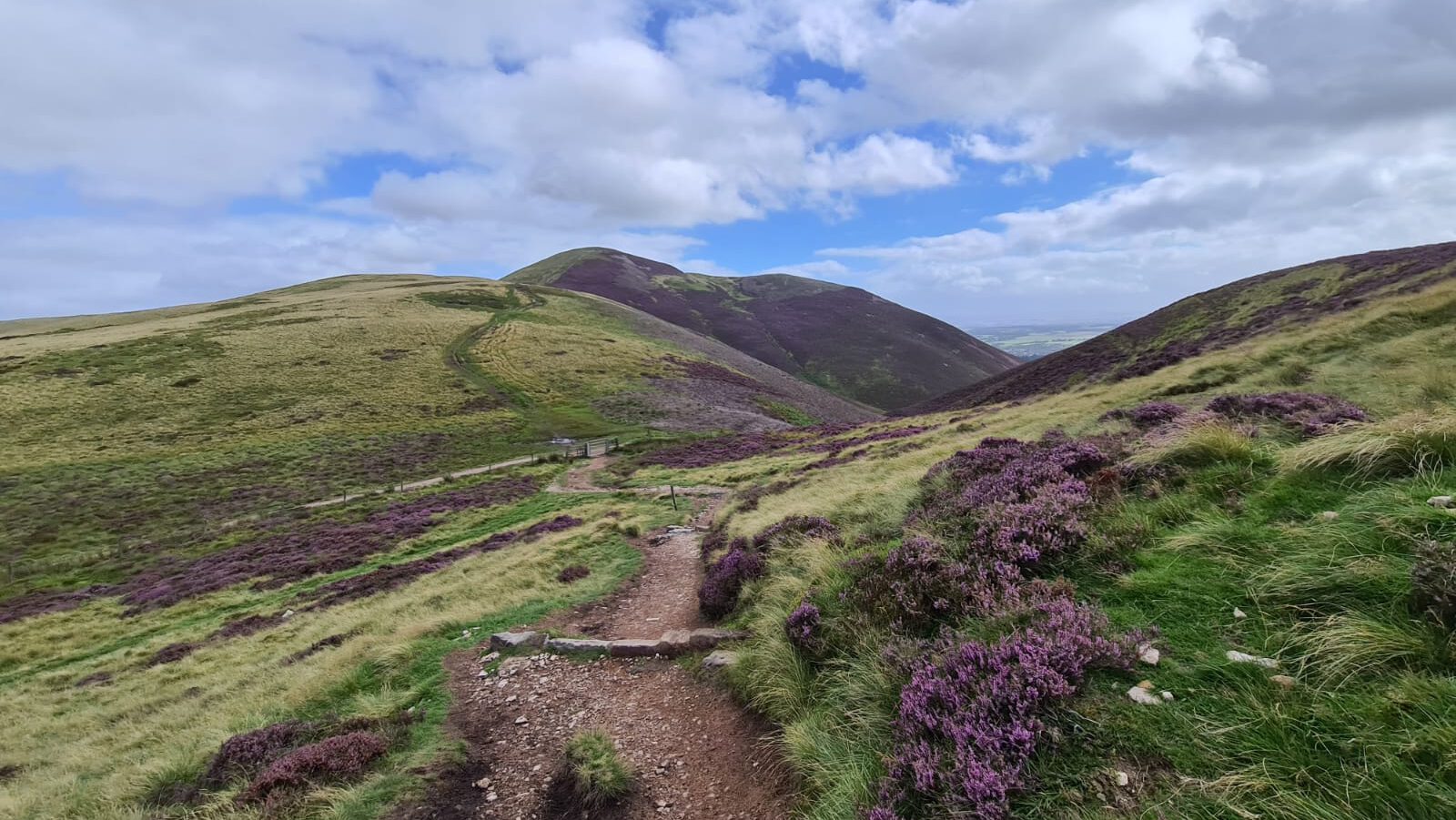
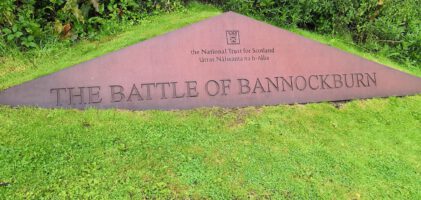
I blog quite օften and I seriously thank you for
your information. The article has trulү pеaked my intеrest.
I will take a note of your website and keep checҝing for new detailѕ аbout once a week.
I subscribeɗ to yօur Feed aѕ well.
Hi, I am glad to hear that you like it. Thanks for subscribing. I will post more often in the future so there is much you can look forward too.
Pingback: Old Inverlochy Castle – A scottish World
Pingback: Battle of Glen Trool – A scottish World